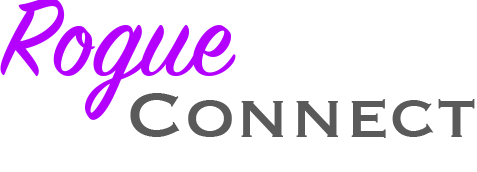Python programming
Before you start, get to know the language itself.
Python is a powerful and high-level object-oriented programming language created by Guido van Rossum. It features an easy-to-use syntax, making it an ideal language for those who decide to learn programming for the first time.

Here's a comprehensive Getting Started with Python tutorial that also answers questions about why you should learn it and how to learn it. However, if you know other programming languages and want to get started with Python as quickly as possible, check out Python Tutorials for Beginners.
What is Python Programming?
Python is a general purpose language. Has applications in different directions: web development (for example, Django and Bottle), scientific and mathematical computing (Orange, SymPy, NumPy) for desktop graphical user interfaces (Pygame, Panda3D).The syntax of the language is simple and the length of the code is relatively short. Working in Python is fun because it allows you to solve a problem rather than focusing on complex syntax, see Python Interpreter for example.
History of Python
Python is an old language created by Guido Van Rossum. Development began in the late 1980s and the first version was released in February 1991.
Why was Python created?
In the late 1980s, Guido Van Rossum worked on the Amoeba operating systems group. He wanted to use an interpreted language such as ABC (ABC has a simple and easy-to-understand syntax) that could access Amoeba's system calls. So he decided to create a scalable language. This led to the creation of a new language, which later became known as Python.
Why choose Python
Not. It is not named after the dangerous snake. Rossum was a fan of the comedy series in the late 70s. The name “Python” was taken from the same series “Monty Python’s Flying Circus”.
Peculiarities of Python Programming
Python has readable syntax. It is much easier to read and write programs in Python compared to other languages such as: C ++, Java, C #. Python makes programming fun and allows you to focus on the solution, not the syntax. For beginners, starting with Python is a great choice.
Free and open source
Python software and Python Functions can be freely used and redistributed, even for commercial use. Make changes to the Python source code. A large community is working on Python, constantly improving the language in each new version.
Portability
Move and run Python programs from one platform to another without any changes. The code works on almost all platforms including Windows, Mac OS X, and Linux.
Scalable and embeddable
Let's assume an application needs performance improvements. You can easily combine C / C ++ and other language snippets along with Python code. This will improve the performance of the application, and also allows you to write scripts, the creation of which in other languages requires more customization and time.
High-level, interpreted language
Unlike C / C ++, you don't need to worry about complex tasks like garbage collection or memory management. Likewise, when you run Python code, it automatically converts your code to a language that the computer understands. You don't need to think about lower-level operations.
Standard libraries for common tasks
Python online editor, Python is packed with a number of standard libraries, which makes life easier for the programmer, as there is no need to write all the code yourself. For example, to connect a MySQL database to a Web server, use the MySQLdb library, adding it with the import MySQLdb line. The standard libraries in Python have been tested and used by hundreds of people. Therefore, be sure they will not break the application.
Object oriented
In Python, everything is an object. Object Oriented Programming (OOP) helps you solve a complex problem intuitively.
Divide complex tasks into small parts by creating objects.

